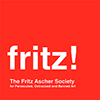
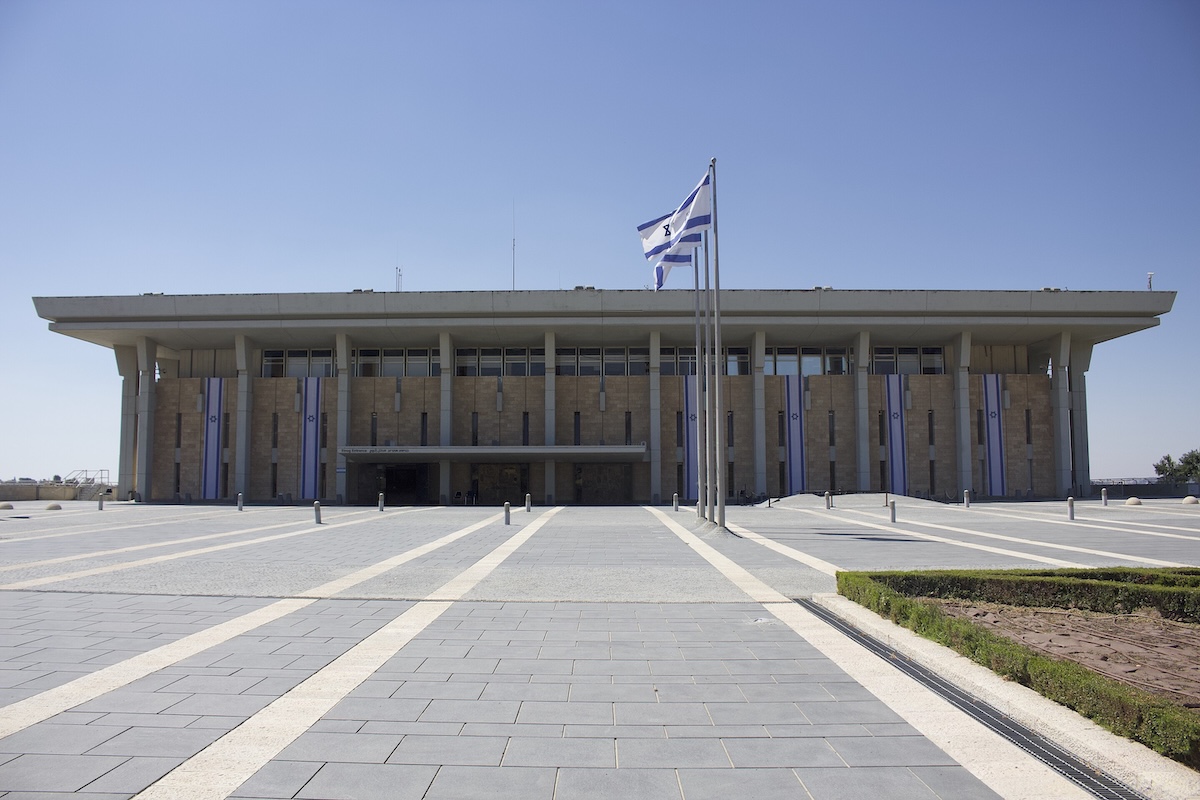
Ossip Klarwein (1893-1970): an Architect’s Journey from Berlin to Jerusalem
Presentation by Jacqueline Hénard, Berlin (Germany)
September 30, 2025 @ 12:00 pm - 1:00 pm
| FreeIn this virtual event, Jacqueline Hénard speaks about the architect Ossip (also: Joseph) Klarwein (1893-1970), a pioneer of the avant-garde, whose works – including iconic buildings such as the church at Hohenzollernplatz in Berlin and the Knesset in Jerusalem – built bridges between expressionist tradition and radical modernism.
Image above: Ossip Klarwein, Knesset in Jerusalem (Israeli parliament). Photo front side, 2022. Wikimedia Commons Clema12, CC BY-SA 4.0
Ossip Klarwein was born in 1893 in Warsaw. Due to pogroms in the collapsing Russian Empire, he emigrated with his parents and siblings to Hesse in 1905. Klarwein became an architect, with professional focuses in Berlin and Hamburg. In 1924, he married Martha Elsa Kumme, a Protestant opera singer. They had a son, Matthias.
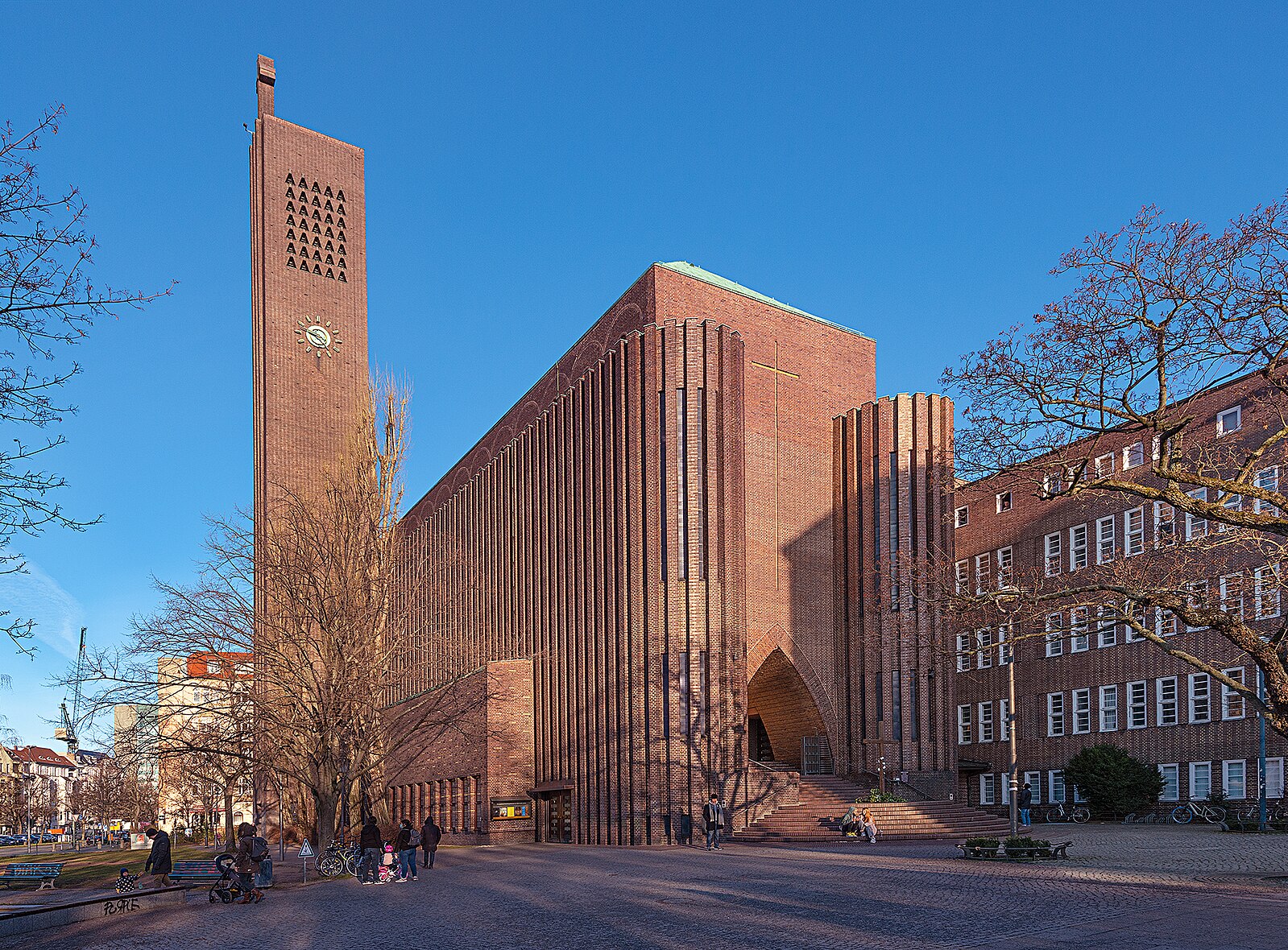
Ossip Klarwein, Church at Hohenzollernplatz in Berlin-Wilmersdorf (Germany). Inauguration March 19, 1933.
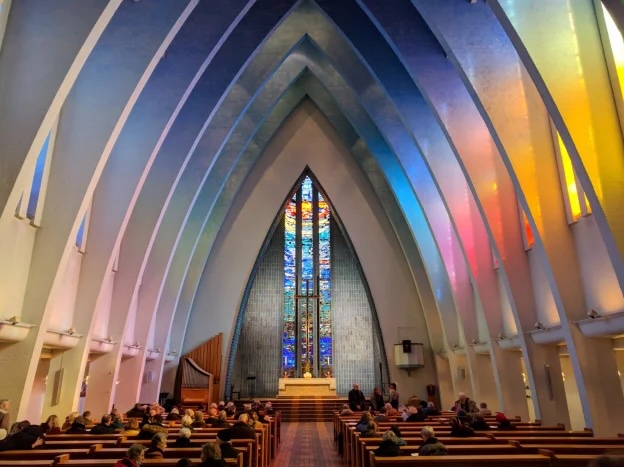
Ossip Klarwein, Interior of Church at Hohenzollernplatz in Berlin-Wilmersdorf (Germany). Inauguration March 19, 1933.
In 1933, Klarwein emigrated to British Mandate Palestine. There, he initially designed buildings—some of them city landmarks—for private clients and the British administration. After the founding of the State of Israel in 1948, he built a successful career both as a city planner for Jerusalem and as an independent architect.
Klarwein played a key role in designing the government quarter, the university campuses Mount Scopus and Givat Ram, and the Hadassah Organization’s hospital centers in Jerusalem. He also authored several other innovative structures: in Israel. The crowning achievement of his architectural career was the construction of the Israeli Parliament, the Knesset, inaugurated in 1966. In 1957, the competition jury unanimously chose Klarwein’s design. In 1970, Klarwein died in Jerusalem.

Joseph Klarwein, Knesset parliament building, Jerusalem, Model 1957
Jacqueline Hénard was born in West-Berlin during the cold war, studied in Montpellier, Cambridge, and Paris, and graduated from the Sorbonne with a thesis in contemporary history and international relations. Following a year as a volunteer with an NGO in rural Indonesia, she joined the editorial staff of the Frankfurter Allgemeine Zeitung. She was appointed the FAZ’s Eastern Europe correspondent in 1987, during which time she also covered the transformation of the former East Germany.
In 1997, Jacqueline moved to Paris, where she worked first as a correspondent for Die Zeit and later ran the European program of the public radio France Culture. In parallel, she continued to pursue her academic interests — teaching at Sciences Po Paris, doing research, and publishing a number of books on European history and culture in French and German. In 2022, Jacqueline started research about the largely forgotten architect Ossip Klarwein, which led to the book publication and the exhibition currently on view in Berlin.
This event is part of the online series Flight or Fight. stories of artists under repression.
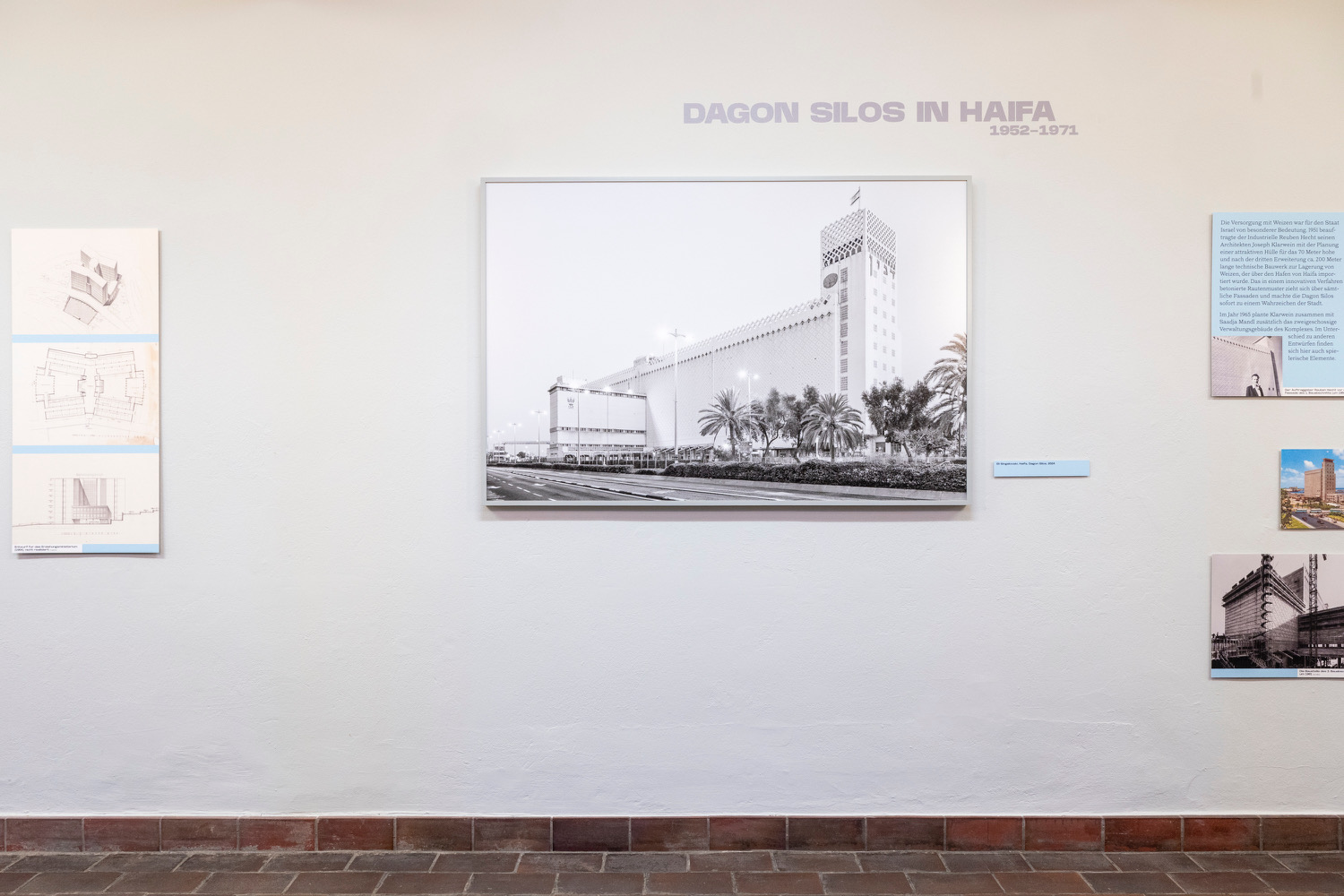
Exhibition Installation view with photo of Klarwein’s Dagon Silos in Haifa (1952-1971) by Eli Singalovski. Photo Nancy Jesse.
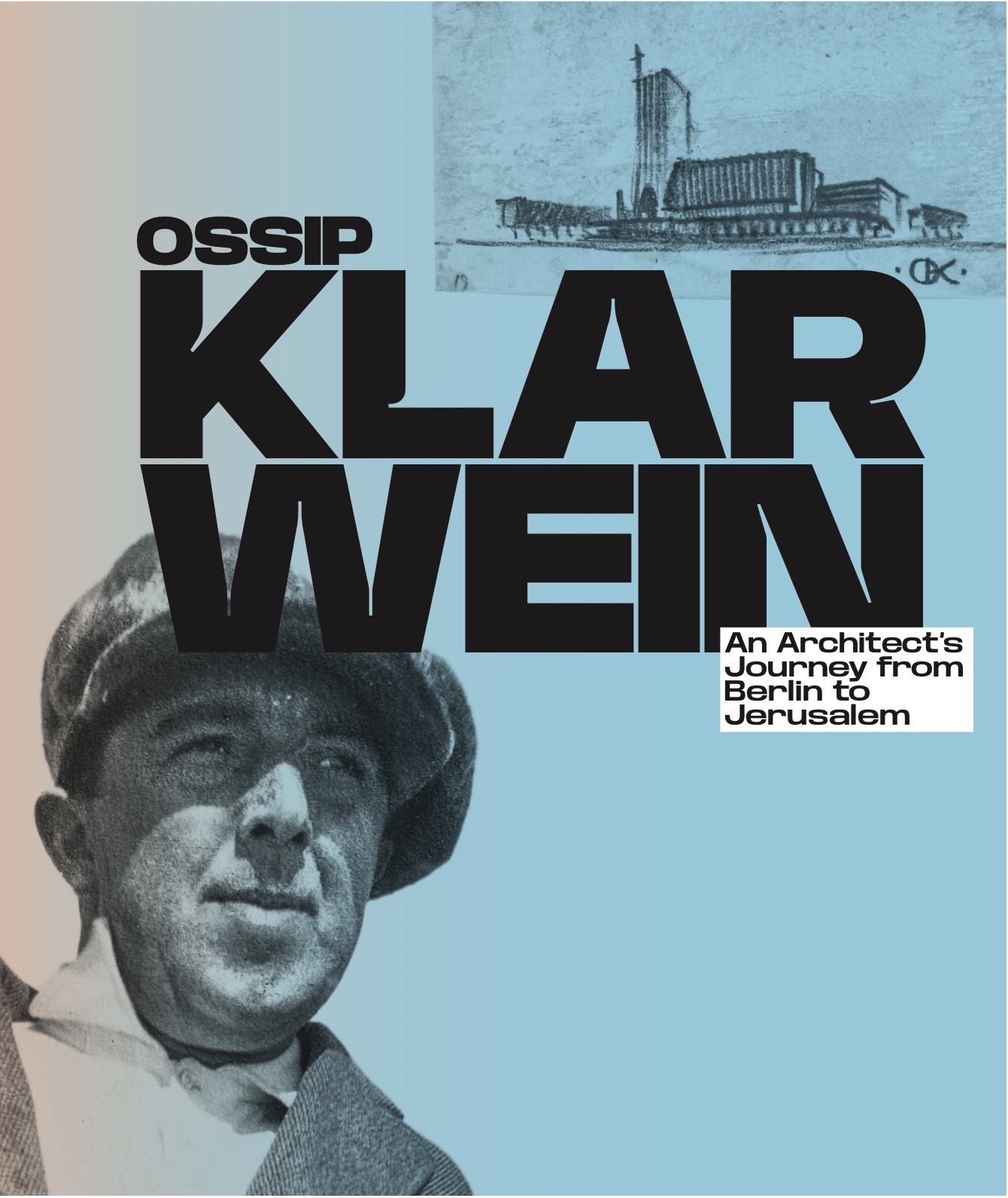
Bookpublication
The exhibition “Ossip Klarwein: an Architect’s Journey from Berlin to Jerusalem“ was curated by Jacqueline Hénard and organized by Aktives Museum Faschismus und Widerstand in Berlin e.V. and is on view until October 16, 2025 in the so-called “Powerhouse of God” in Berlin, the Church Am Hohenzollernplatz (Nassauische Straße 66, 10717 Berlin), a masterpiece of Brick Expressionism and one of Klarwein’s iconic buildings.
His estate is widely scattered across archives and among his family: 2.5 linear meters of documents are held in the Central Zionist Archive in Jerusalem, and a dozen moving boxes containing letters, photo albums, drawings, business records, and personal items are held by his descendants in Israel, Spain, and France. These have now been evaluated for the first time as part of this project. Until now, there has been no academic study or exhibition about Klarwein in either Germany or Israel.
In addition to Klarwein’s drawings, historical photographs, and objects from his estate, the exhibition includes a specially made model of his original Knesset design.
The young Hamburg-Israeli architectural photographer and installation artist Eli Singalovski has photographed several of Klarwein’s key projects for large-format presentation in the exhibition. Despite various challenges, a collaborative research project between German and Israeli architecture and film students could also been established. Their short documentary films about Klarwein’s buildings are an integral part of the exhibition.
The exhibition “Ossip Klarwein: an Architect between Hamburg and Haifa“ will be on view at the Ernst Barlach Haus in Hamburg from November 16, 2025 until February 8, 2026.
